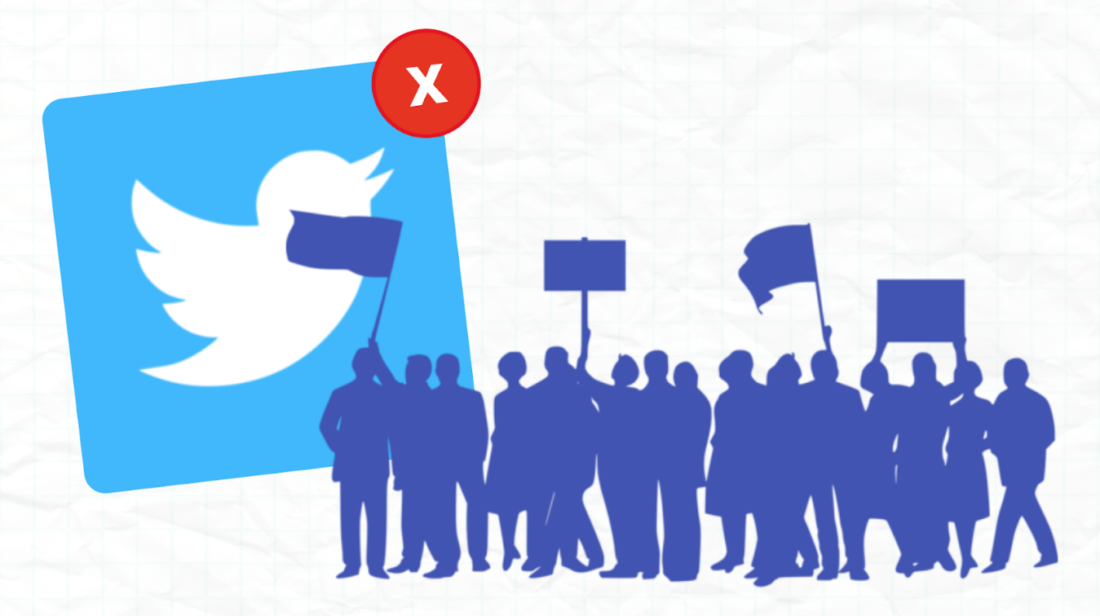
By: Amanda Drum
In the latter half of our waning decade, the populace witnessed the surge of a trend: a specific mass reaction to choices or behaviors–from the disliked to the downright malignant–and the movement to shame individuals responsible for either. This cycle of reaction and response has since been dubbed being “cancelled”. Or #cancelled, if you’re That Guy.
The uninitiated observer might wonder, who is at risk of cancellation? If you’re a publicist in charge of your clients’ image, this phenomenon may cause concern, for you and them both. PR professionals can arm themselves and their clients with facts: how to identify when your client is or isn’t being cancelled and how to minimize risks in advance, and how to help your client recuperate if they really messed up.
Well, what’s “cancelled”?
To “cancel” is to expose an individual or company who has made a harmful statement or decision, to the extent that they cannot enjoy the societal privileges they once did. Some “survive,” either because they were able to apologize and make amends properly, or because the crowds in opposition were too small to effectively cause change. Others–if scenarios are egregious enough, or are literal crimes–have a steeper mountain to climb.
Disclaimer: negative opinions are not automatically a call-out. And protests and boycotts are a historic tradition that demand more respect than being equated with the definition of “cancelling” something on their own.
“Cancel Culture?”
But as with many phenomena, what began as a movement to hold harmful entities accountable has grown into a hasty and noisy trend. In the eyes of many, “Cancel Culture” means a too-swift rebuke of perceived slights before the public has all the facts. Unfortunately, these rapid takes discredit the voices bringing truth to light and doing tangible good.
PR teams now consider the lingering threat of call-outs daily, as both a threat and a ruler against which to measure their clients’ actions. How can companies in this engaged and highly-aware society work to avoid cancellation in the first place?
Let me be clear:
The best defense requires early conversations with your client about two factors: transparency and authenticity. Encourage your client to name and write down their values. Ask if they value feedback, critiques, and being held accountable for their actions in general. A big part of avoiding call-outs is to urge transparency and break the fear of potentially making a mistake.
Then, examine every decision through the lens of those values. Is your client leading by example? It isn’t rocket-science, in most cases, to identify when something about to be said or done will have negative repercussions for wide swathes of people. If the question is more murky, return to your client’s values and live up to those standards.
Waking up cancelled: what now?
Call-out recovery–and I use the term “recovery” carefully–merges with crisis PR tactics in that they should be thoughtfully, but expeditiously, considered.
The most important first step is honesty, from a client to their PR team. Did the client really mess up, by making a terrible statement or committing a crime, etc.? Some mistakes are serious enough that an apology and conscious amends are mandatory, but nowhere near an entire solution. This category usually ends with a court case.
That said, most call-outs in 2019 are minor and short-lived, or could have had serious ramifications were it not for the quick thinking of a strategic PR team. Pros should tackle the following first:
- Listen. What are the complaints of the masses, and are they valid, or uninformed? Did your client make a true mistake–and if so, how serious?
- Apologize. In some cases, your client actually did no wrong, and the fault is public perception without all of the known facts. Those are not the majority of cases. It’s the publicist’s job to listen to feedback and plan an apology rooted in, again, transparency and authenticity. A good apology doesn’t pass off the blame and is properly balanced against the size of the mistake, like KFC’s famous full-page ad response to running out of their title product in the U.K.
- If necessary, apologize again. Maybe your client didn’t just release Baby Yoda toys early in the Walmart online store, where a single apology sufficed. The overarching goal of an apology must be to acknowledge that a company will address past and present problems that led to the issue arising at all…not to sweep the current mess under the rug.
- Walk the talk. Consider with your client steps they can take to show the public they’re willing to do better, starting with implementing what they have learned back into their values and future actions.
- Okay, but they really didn’t do anything wrong. Often, the loudest voices hop on trends because the hashtags are funny on Twitter. Instilling boredom is the quickest way to quell this kind of fire: either with a clarifying statement that clears the smoke of mystique, or by staying silent if the cause for concern is truly small. The critics will move on. That said, be absolutely sure, by following Step 1, if this is the case before you proceed.
There’s a difference between the Twitter trend of cancellations and the voices clamoring for change from harmful people or entities that should. In all likelihood, your client may someday fall victim to the former, and hopefully not the latter. By keeping a cool head and knowing where your clients stand, PR experts can steer them through the worst of a harmful trend with their reputation intact–or made better for what they learn along the way.